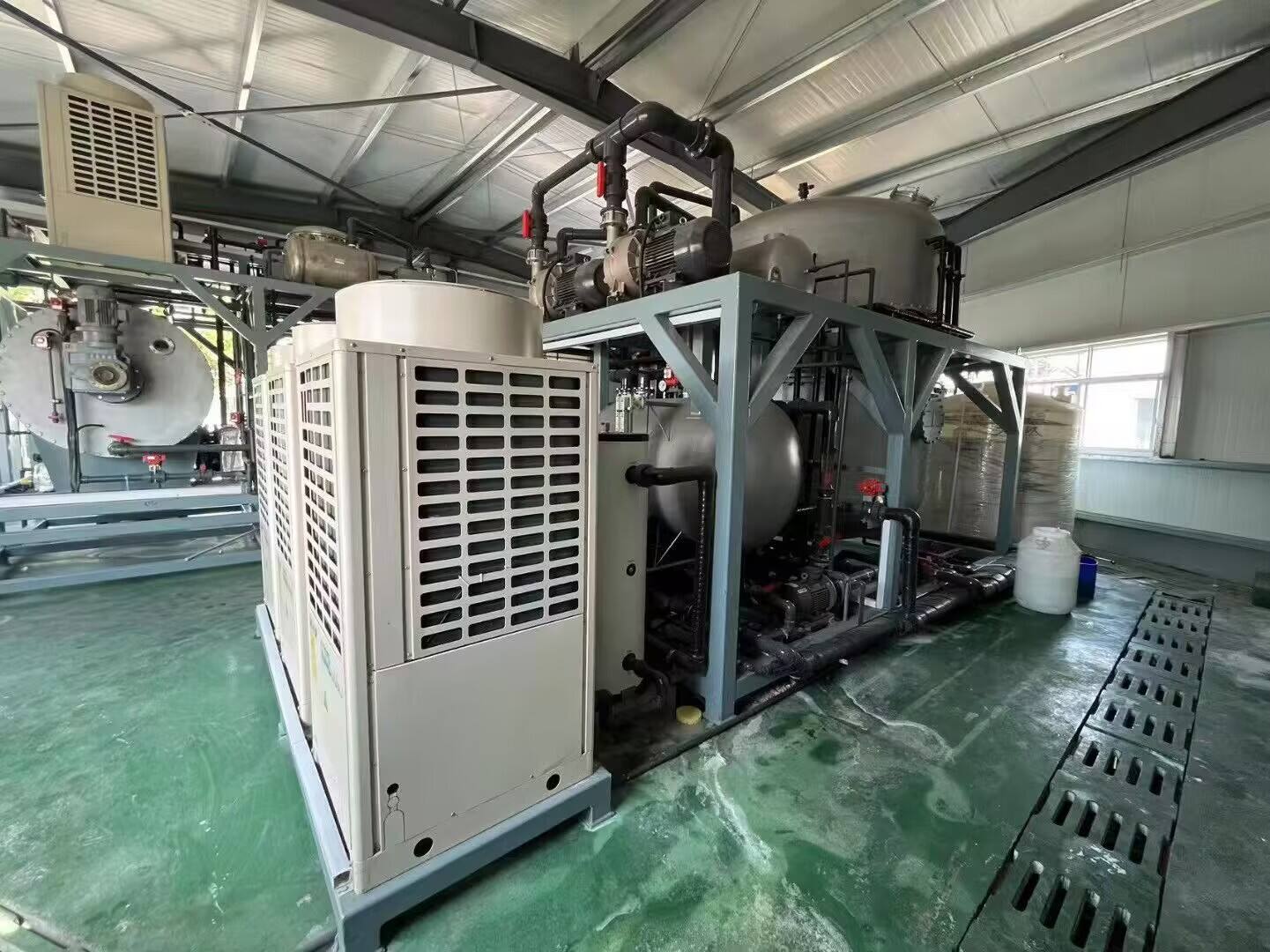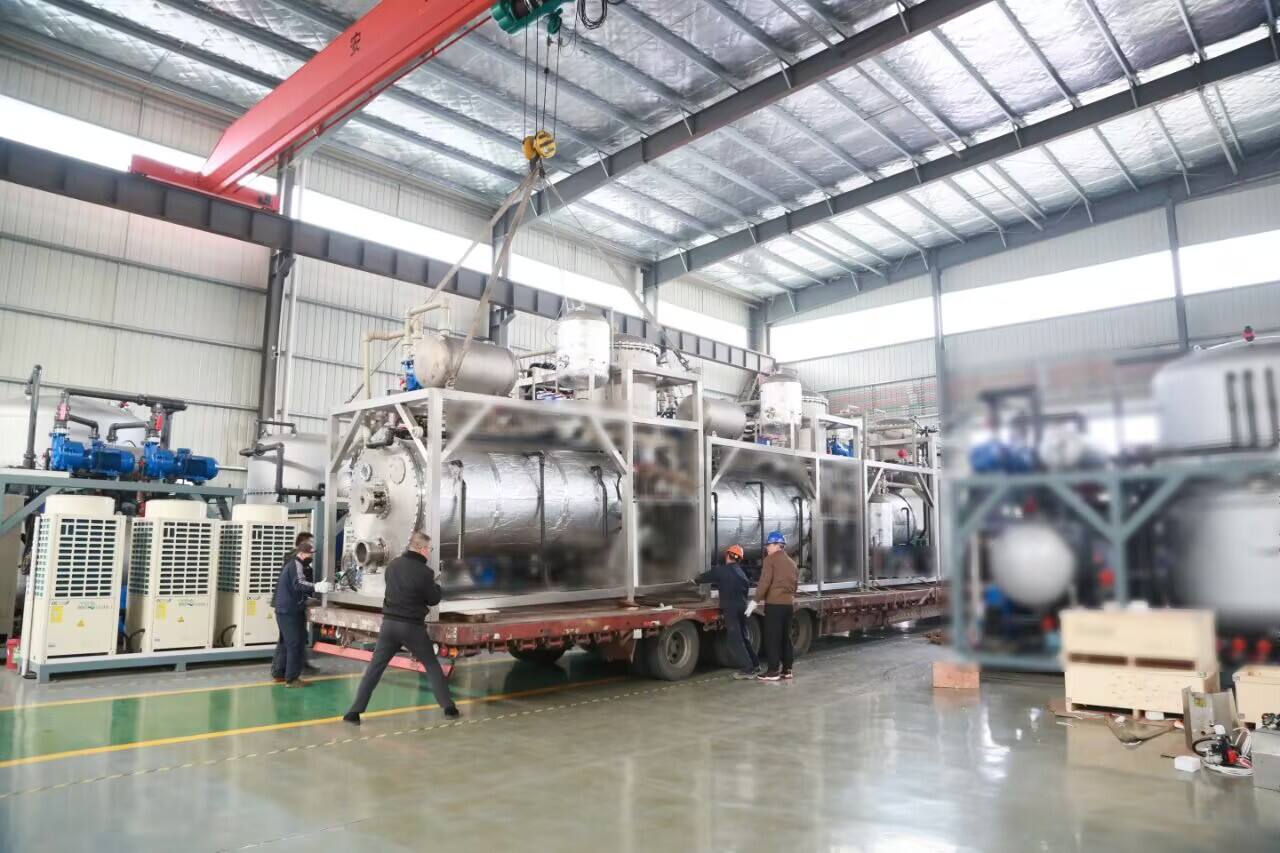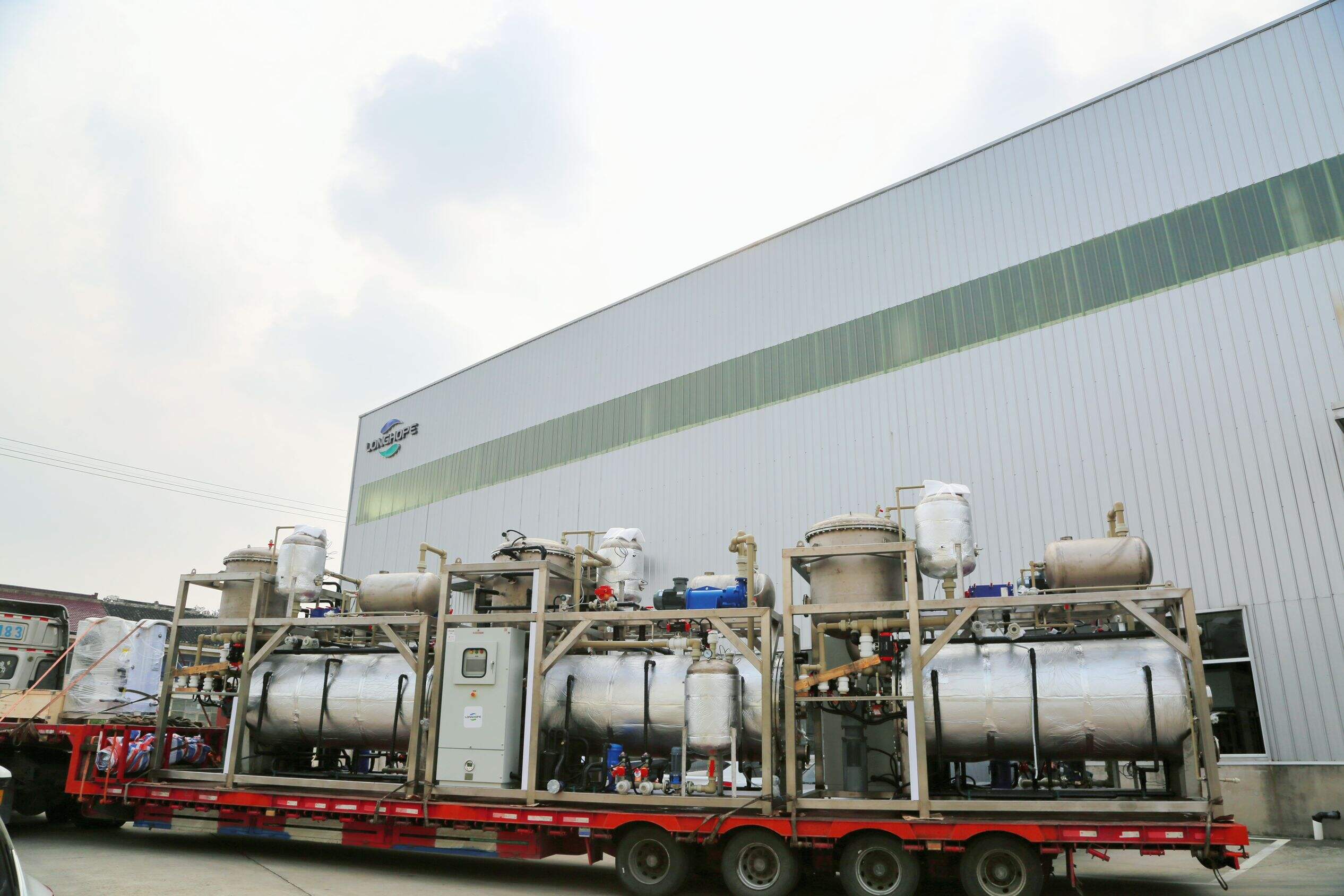equipment used in water treatment plant
Water treatment plants employ a comprehensive array of sophisticated equipment designed to purify and process water for various applications. The primary components include screening equipment that removes large debris, sedimentation tanks where particles settle through gravity, filtration systems utilizing sand, gravel, and activated carbon to remove smaller contaminants, and advanced disinfection units employing UV light or chemical treatments. Modern plants also feature automated control systems with SCADA integration, allowing real-time monitoring and adjustment of treatment processes. Pumping stations regulate water flow throughout the facility, while chemical dosing systems precisely add necessary treatment chemicals. Clarifiers and flocculators work in tandem to remove suspended particles, with mixing equipment ensuring uniform distribution of treatment chemicals. The treatment process also incorporates aeration systems that improve water quality by increasing oxygen content. Advanced membrane filtration units, including reverse osmosis systems, provide additional purification for specialized applications. These components work together in a carefully orchestrated sequence, ensuring water meets or exceeds quality standards while maintaining operational efficiency.


